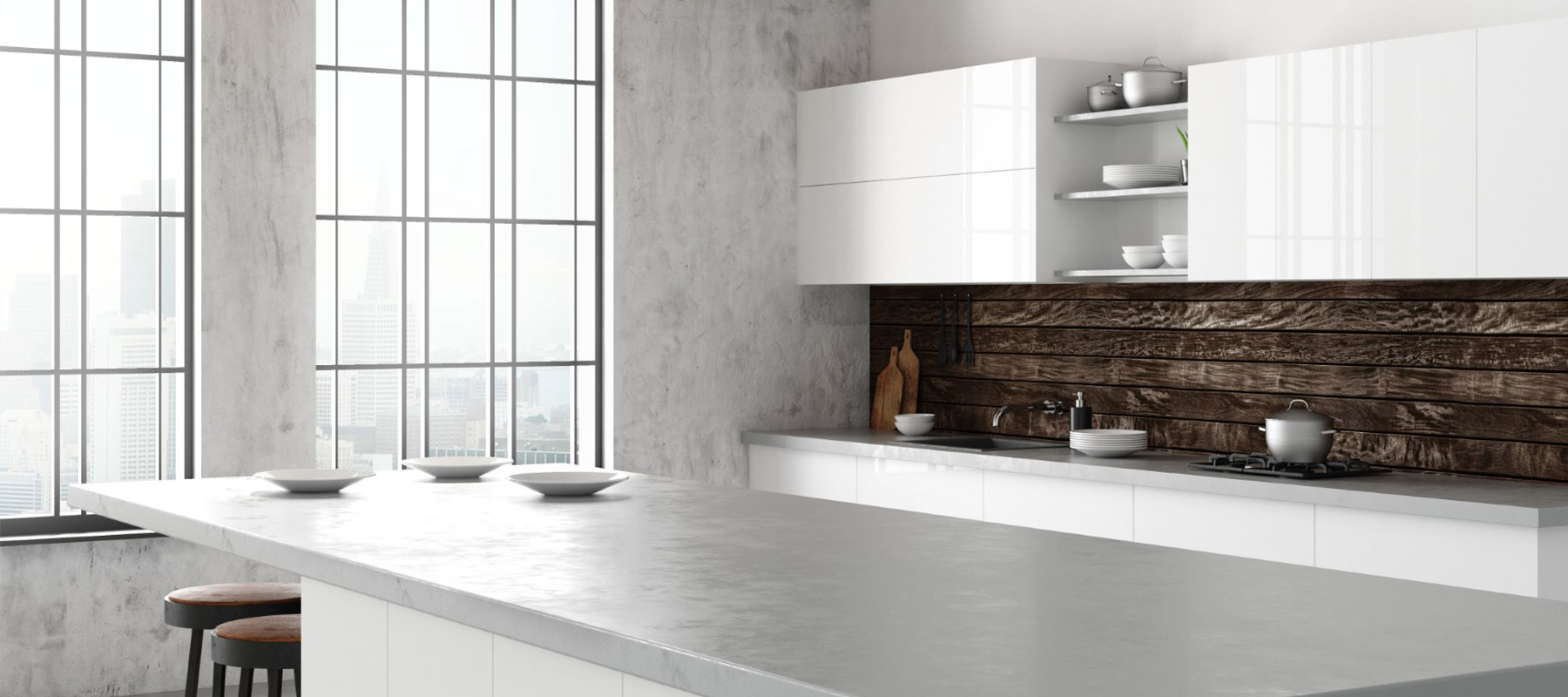Concrete Countertop Colors
When it comes to color options, concrete offers nearly limitless possibilities--shades of white, gray, brown, red, blue, yellow, green, orange, black, and more can be created. If you are looking for something dramatic to add to your home or a countertop to match your restaurant's theme, then look no further.
What Color Are Concrete Countertops Colored
You can color the concrete by using integral pigments or stains. Concrete contractor Pittsburgh PA are made with different pigments, colors, and stains.
- The most versatile colors are both indoor and outdoor-friendly. The pigment is added to the mixture, giving it color throughout the countertop. Mixing pigments can create nearly any color, but skilled craftsmen cannot match them perfectly. Custom colors and color matching are usually more expensive than standard colors. Pigments are stable colors that provide consistent results and reliability as long as the measurements are accurate. A substantial amount of pigment is needed because they are used throughout the concrete batch.
- Acid stains can be applied to cured concrete. Although a limited number of colors are available, you can mix and layer them to increase your options. Chemical reactions with concrete form acid stains. Because of their reactive nature, paints are best applied by professionals. The results can be unpredictable and vary. Because dyes are only used on the countertop's surface, repeated abrasion can cause the color to fade. However, sealers can extend the color's life. Acid stains can be used indoors or outdoors on countertops.
- Dyes can be mixed with other colors and layered to create many possibilities. You can use paints to enhance surfaces that have been stained or integrally colored. There are solvent- and water-based options. To protect the color, a UV sealer must be used. Not all dyes are stable. Dyeing can be complicated, just like stains. Both paints and stains can be used to accent certain areas or create designs using stencils. Because a small amount of product can make a big difference, dyes and stains are often more economical than integral pigments.
Whether your countertop is integrally colored, stained, or dyed, ensure that it is sealed properly so that food and beverages don't alter their color.
Concrete Countertop Colors
Below is a list of the most popular concrete countertop colors. Concrete is a complex material, so the following guide does not guarantee a particular color.
Unknown fact: Gray is not a standard color, unlike white cement. It can vary depending on where the materials are from. Some gray concrete tends to be bluer than others, while other colors are greener and more brown. Each batch of cement arrives from different manufacturers, even though they may come from the same manufacturer. This is often seen when someone pours a patio extension or driveway. Even if the sections were made by the same cement provider, there is still a noticeable difference in the appearance of the older and newer sections.
Concrete Countertops in Integral Colors
Gray is the most common color for concrete countertops. It is a neutral color that can be mixed with most colors. We offer three types: light, natural, or dark gray. White and graphite (black) are also popular. As you can see, we also offer additional colors.
These colors are obtained by adding an integral color pigment to the concrete countertop mix. This pigment is designed for concrete countertops and is made of iron oxides. They are highly resistant to ultraviolet light, so you can use them indoors or out. This color is added to concrete before it's poured.
There are many colors to choose from. The trick is determining how much pigment you need to achieve the desired shade. While some dosage charts can help you figure out the right amount, we use trial and error to find the perfect shade. Concrete countertops with integral color have the same color from top to bottom. Although it tends to be reasonably uniform in its final appearance, it may have some variation if the surface has been troweled.
The color chips can be viewed by looking at the color chips. The top is glossier and darker when sealing with a solvent-based sealer, while the bottom is lighter and more matte if filling using a water-based sealer.
Source;

